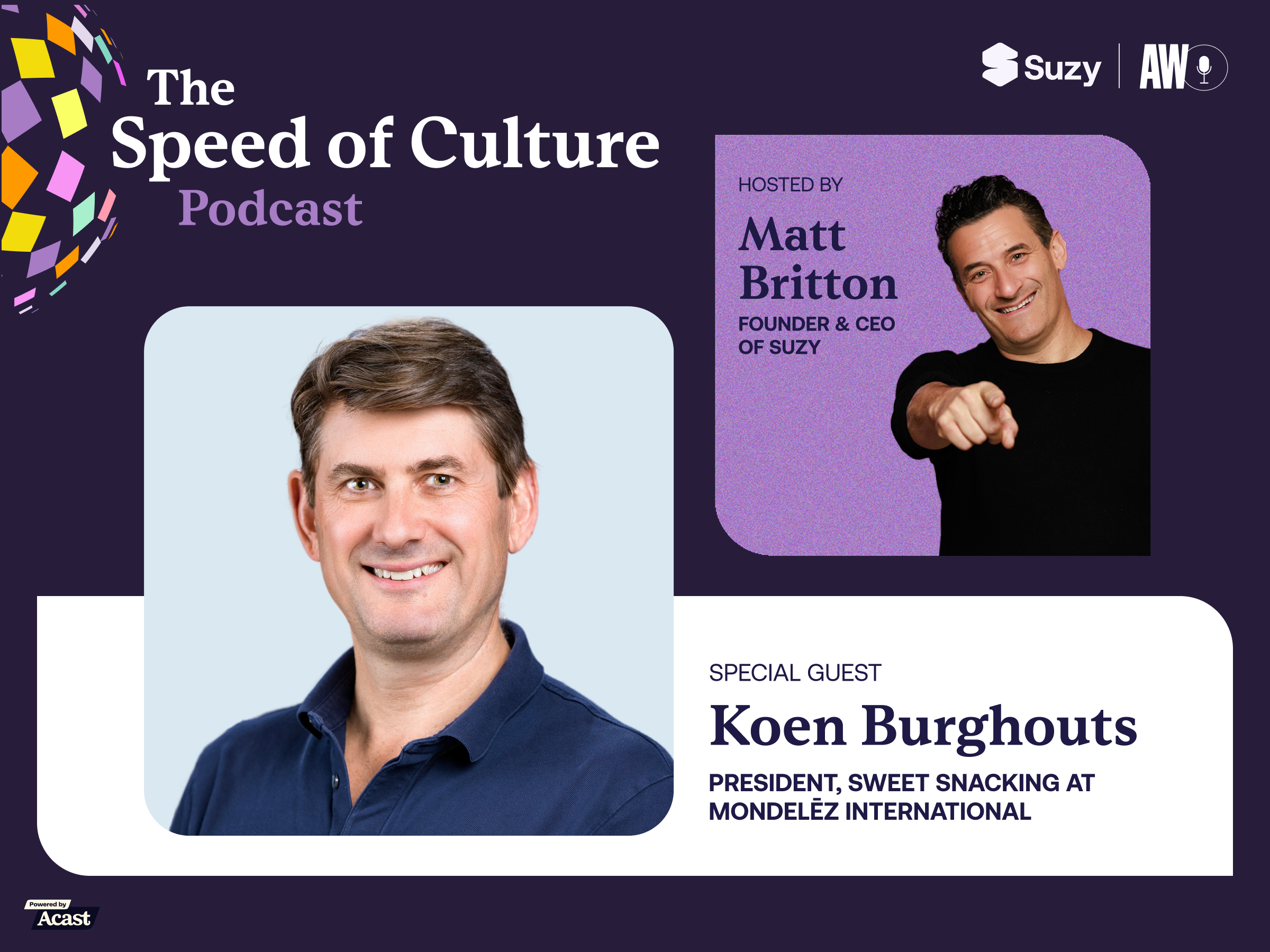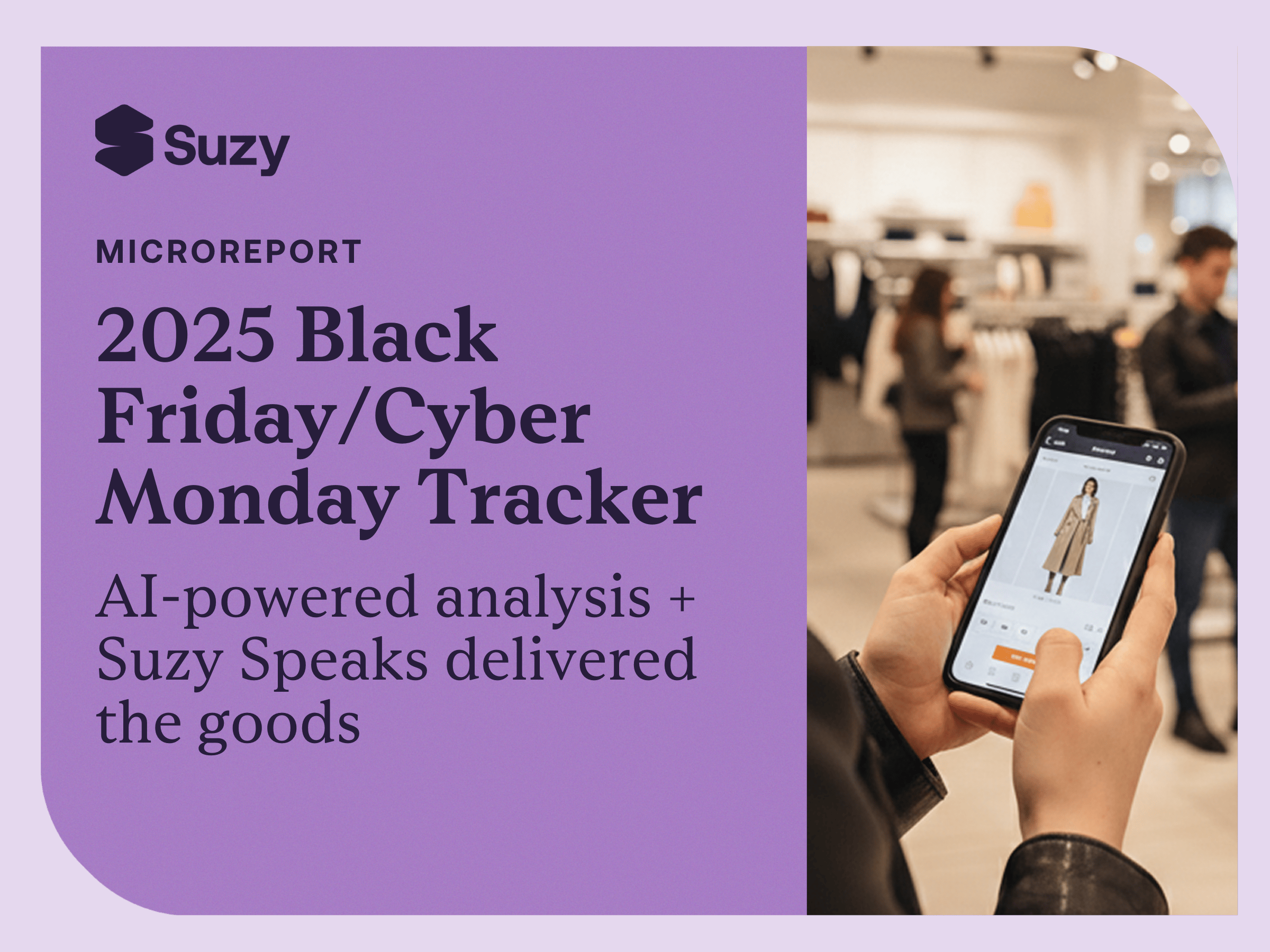The Challenge
Due in large part to lockdown conditions in the early spring of 2020, Reckitt saw sales skyrocket to incredible heights. This was the beginning of dynamic shifts in how consumers view and define health and the onset of new and lasting behaviors.
Nathaniel Noertker, Team Lead of Shopper Outperformance at Reckitt, and his team of researchers turned to Suzy and its always-on insights market research platform for help.
The Study
Fortunately for Noertker, he’s part of a forward-thinking organization. Throughout the winter, Reckitt’s leaders had anticipated COVID-19 would have a global impact, and they were all but certain teamwide agility would be a must once the coronavirus started to spread west.
By the middle of March, Noertker and his research team had already formulated questions about their categories for consumers. Their aim was, he said, “to understand why they bought what they bought, what their planned usage was, how much stock did they think they would have on hand.” Some of their questions — “What are you feeling?” or “What are you going through, right at this moment?” — were smartly phrased to communicate consumer-craved empathy.
They engaged the Suzy platform, utilizing the grid function and interviewing consumers about their experiences with Reckitt products in four categories — labeled “A,” “B,” “C,” and “D” — during the early stages of the pandemic. The platform allowed for immediate follow-ups with consumers when needed as well.
Armed with data culled from the interviews and Suzy’s always-on insights, formulated on March 20th, Noertker and his researchers decided to get really daring. Supremely confident in the data’s viability, they set their collective mind toward predicting sales across the final three quarters of 2020 in four different categories.
The Insights
At the outset of the pandemic, consumers were stocking up six months’ worth of Category A product. Noertker and co. figured they’d see reduced sales across the final three quarters of 2020.
In Category B, consumers told Reckitt’s researchers they were purchasing more of this product than they had before the pandemic but were stocking up one months’ worth of product. Noertker’s team forecasted sales would likely go up as the year went on and instructed the category’s sales team to be aggressive.
People were still buying products from Category C, but about the same amount. The prediction? Sales might stay even in this category or decline slightly.
When it came to Category D, consumers said they were still purchasing the products, but research indicated less consumer engagement during the pandemic. A sales decline seemed to be in the cards.
The Results
By the end of the year, Noertker realized his team’s forecasts were incredibly precise. He proudly made leadership — initially skeptical of the study’s efficacy, given it was released so early in the pandemic — aware of the stunning accuracy.
“We were thrilled to go back and do the postmortem on this,” Noertker said. “The things we learned held true, which was fascinating and fantastic for us to see. It gave us a lot of comfort in what we were doing.”
In Category A, sales dropped between 30-40% in the second quarter from the outset of the pandemic. Then, there was a 20-30% dip in the third quarter, followed by another 30-40% decline during the fourth quarter.
Meanwhile, Category B celebrated initial triple-digit growth, quarter-over-quarter, before slowing down a bit. Q3 saw a still-impressive 75-80% sales boost, compared to Q1, while Category B ended with 25-30% growth in Q4 — all this, again, after a huge spike in Q1.
Category C declined, but not dramatically so, as the researchers guessed. Compared to Q1, the second quarter saw a 5-10% sales decline. There was a marginal 1-5% decline across the final two quarters as well, which Noertker said was status quo, even in non-pandemic years, for the category.
Finally, in Category D, there was a 5-10% comparable sales decline in Q2, a 1- 5% decline in Q3, and a 4-5% decline in the last quarter.
The sales increases or decreases were ultimately not important to Reckitt. What was more vital was the company’s ability to plan for the future, as the pandemic delivered once-in-a-century circumstances to the global market — one that is far different from what it was throughout the flu pandemic.
If Suzy’s always-on insights can help deliver these kinds of outcomes in these kinds of conditions, what can it do for your company as we settle comfortably into a post-pandemic new normal?
.webp)







